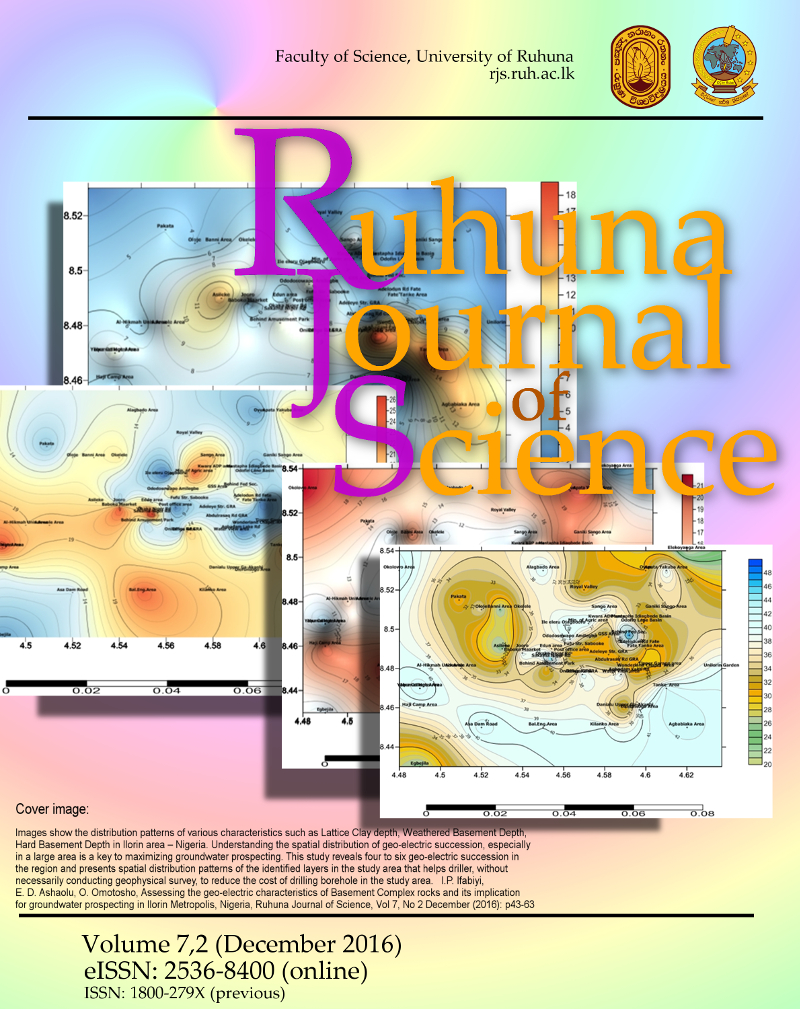Development of synbiotic beverage from beetroot juice using beneficial probiotic Lactobacillus Casei 431
Abstract
Abstract. A beetroot beverage with Lactobacillus casei 431 as the probiotic microorganism was tested for sensory acceptability at 3 fermentation periods of 2, 4 and 6 hours at 37oC. The beverage fermented for 2 hours yielded the highest overall sensory acceptability. L. casei 431 grew well and reached nearly 108 CFU/ mL after 2 hours of fermentation at 37oC. Although the lactic culture in the fermented beetroot beverage gradually lost its viability during cold storage, viable cell count of lactic acid bacteria remained at 106–108 CFU/mL after 4 weeks of cold storage at 4oC. Titratable acidity increased significantly from 5.5±0.05 to 3.45x108 (P≤ 0.05) during storage. This study concludes that this beetroot-based synbiotic fermented beverage could be developed as a ready-to-drink product and kept for 6 weeks under refrigerated storage, meeting the standard 108–1010 CFU/mL of a functional drink.Keywords. Functional food; Lactobacillus casei; prebiotics; probiotics; synbiotic beverage.References
A.O.A.C. 2000. Official method 920.183 9 (b) Sugars (Reducing) in Honey, 17th Ed, Washington DC.
A.O.A.C. 1999. AOAC Official Methods of Analysis, 14th Ed., Vol. 1, Association of Official Agricultural Chemists, Washington, DC.
Marla SJM, Daniela CUC, Nadiége DP, Mariana NR, Elizeu AR. 2012. Development of a Synbiotic Low-Calorie Beverage Made from Soy and Yacon Extracts. Food and Nutrition Sciences 3: 1500-1508.
Daniela P, Aida V, Madalina C, Alexandru C, Gabriela B. 2011. Study of physiological properties of some probiotics in multiple cultures with mesophilic lactic acid bacteria by flora danicach. Hansen commercial starter. Food Technology 35 (2): 56-65
Nighswonger BD, Brashears MM, Gilliland, SE. 1996. Viability of Lactobacillus acidophilus and Lactobacillus casei in fermented milk products during refrigerated storage. Journal of Dairy Science 79 (2): 212-219.
Saeed AH, Salam AI. 2013. Current Limitations and Challenges with Lactic Acid Bacteria: A Review. Food and Nutrition Sciences 4: 73-87.
Samona A, Robinson RK. 1991. Enumeration of bifidobacteria in dairy products. International Journal of Dairy Technology 44 (3): 64-66.
Seema P, Arun G. 2012.The current trends and future perspectives of prebiotics research: a review. Biotechnology 2 (2): 115–125.
Sheel S, Nidhi A, Preeti V. 2012. Probiotics: The Emissaries of Health from Microbial World. Journal of Applied Pharmaceutical Science 02 (1): 138-143.
Sumangala G, Lanwei Z, Ming-Kuei H, Xin Z, Mingruo G. 2005. Oat-based Symbiotic Beverage Fermented by Lactobacillus plantarum, Lactobacillus paracasei ssp. casei, and Lactobacillus acidophilus. Journal of Food Science 70 (4): 216-223.
Yoon YK, Woodams EE, Hang YD. 2005. Fermentation of beet juice by beneficial Lactic acid bacteria. Lebensm Wiss Technol 38: 73-75.
Downloads
Published
Issue
Section
License
From Volume 7 (2016) onwards, all articles published in Ruhuna Journal of Science are Open Access articles published under the Creative Commons CC BY-NC 4.0 International License. This License permits use, distribution and reproduction in any medium, provided the original work is properly cited and is not used for commercial purposes.
Copyright on any research article published in RJS is retained by the respective author(s).
Authors who publish with this journal agree to the following terms:
a) Authors retain copyright and grant the journal right of first publication with the work simultaneously licensed under a Creative Commons Attribution License CC-BY-NC 4.0 International, that allows others to share the work with an acknowledgement of the work's authorship and initial publication in this journal.
b) Authors are able to enter into separate, additional contractual arrangements for the non-exclusive distribution of the journal's published version of the work (e.g., post it to an institutional repository or publish it in a book), with an acknowledgement of its initial publication in this journal.
c) Authors are permitted and encouraged to post their work online (e.g., in institutional repositories or on their website) prior to and during the submission process, as it can lead to productive exchanges, as well as earlier and greater citation of published work (See The Effect of Open Access).

